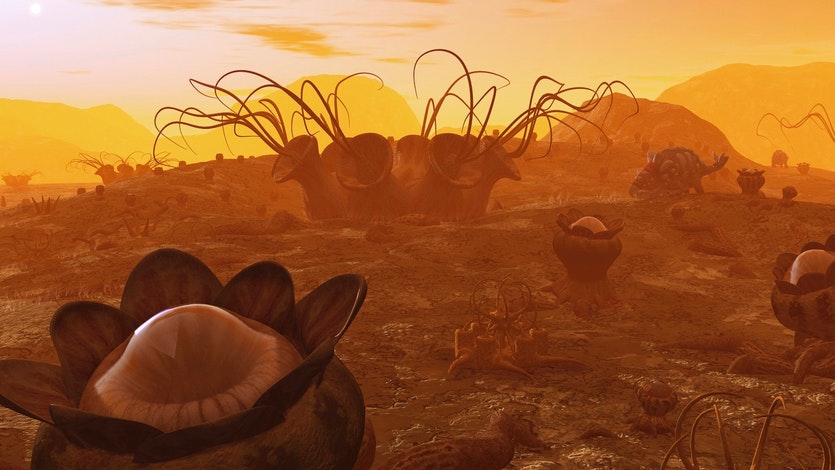
The astronomers underlined that the star, these planets are orbiting is the second-coolest star found to host planets after TRAPPIST-1. They added that their finding is the second-most favorable habitable-zone terrestrial planet known so far.

It's called TOI-1452b, and measurements of its size and mass suggest a density profile consistent with a global liquid ocean. An exoplanet is just 100 light-years from Earth

Two new worlds of probable rocky mineral goodness have just been found orbiting a star close to our own cosmic neighborhood.

Scientists have discovered a Super-Earth that is four times the mass of our planet and takes just 10.8 days to complete a whole year.

Astronomers and geologists have recently concluded that most rocky planets orbiting nearby stars are more diverse and exotic than previously thought, with types of rocks not found anywhere in our Solar System.

A new study of the seven Earth-sized exoplanets around TRAPPIST-1 indicate that all 7 planets are extremely similar to each other in makeup, but potentially quite different from Earth.

Recently, an international team of scientists, combined data from Kepler Space Telescope and Gaia Observatory revealed is that half of the Sun-like stars in our Universe could have rocky, potentially-habitable planets.

An Earth-like world is one that’s rocky and that orbits a Sun-like, or G-Type, star. The Milky Way has 400 billion stars, with 7 % of them being G-type, meaning that less than six billion stars may have Earth-like planets in our Galaxy.

The red dwarf Proxima Centauri, just 4.2 lights years away. Recently, U.S. astronomers using data collected from the Hubble Space Telescope 25 years ago, have confirmed the presence of an exoplanet Proxima Centauri c.

The closest star to the Sun is a small red dwarf star known as Proxima Centauri. It is only 4.2 light-years away and is now known to have an Earth-sized planet in its habitable zone.

Astronomers have found an exoplanet more than twice the size of Earth to be potentially habitable, opening the search for life to planets significantly larger than Earth but smaller than Neptune.

The habitable-zone planet is one of three orbiting a star known as TOI 700, a cool M dwarf located about 100 light-years from Earth. The candidate planet, TOI 700 d, is is at a distance where temperatures would allow water to exist in liquid form.

The exoplanet is orbiting a small star 35 light years from Earth and is about 80 percent the size of Earth. It orbits its host sun, an M dwarf known as L 98-59, every 2.25 days.

An international team of researchers recently detected two new Earth-like planets orbiting Teegarden’s Star, an M-type (red dwarf) star located just 12.5 light-years from the Solar System in the direction of the Aries constellation.

Hopes for finding life on four rocky exoplanets relatively close to Earth have been boosted by new modelling that shows biological systems could survive the intense and prolonged bursts of X-ray and UV radiation.